
News Directory
- 1. Introduction: The Unsung Heroes of Motion
- 2. What is a Ball Bearing?
- 3. The Most Common Type: Deep Groove Ball Bearings
- 4. Deep Groove Ball Bearing Design and Features
- 5. Advantages of Deep Groove Ball Bearings
- 6. Common Applications of Deep Groove Ball Bearings
- 7. Variations and Types of Deep Groove Ball Bearings
- 8. How to Select the Right Deep Groove Ball Bearing
- 9. Maintenance and Care of Deep Groove Ball Bearings
- Replacement When Necessary
- Conclusion: The Dominance of the Deep Groove Ball Bearing
What is the most common ball bearing?
1. Introduction: The Unsung Heroes of Motion
Ball bearings are indispensable mechanical components that play a vital, though often unseen, role in virtually every rotating machine around the globe. They are the essential link that enables smooth, efficient, and low-friction motion, from simple household appliances to complex industrial machinery and high-speed automotive systems. Their fundamental purpose is to reduce rotational friction and support loads.
This article aims to identify the most common and widely utilized type of ball bearing in the market. By understanding its design, advantages, and applications, manufacturers and engineers can make informed decisions for optimal performance and durability in their systems.
2. What is a Ball Bearing?
A ball bearing is a type of rolling-element bearing that utilizes balls to maintain the separation between the moving parts, effectively converting sliding friction into a lower form of rolling friction. This reduction in friction is what allows machinery to operate more efficiently, quietly, and with less wear and tear.
Key Components
While various types exist, all ball bearings share a common core structure composed of four main components:
| Component | Description | Function |
|---|---|---|
| Inner Race | The ring that sits on the shaft. | Provides a running surface for the balls on the inside. |
| Outer Race | The ring that is stationary within the housing. | Provides a running surface for the balls on the outside. |
| Balls | The rolling elements. | Carry the load and minimize friction by allowing rolling motion. |
| Cage (Retainer) | A structure that spaces the balls evenly. | Prevents the balls from coming into contact with each other, which would increase friction. |
Brief Overview of Ball Bearing Types
While the core function remains the same, ball bearings are manufactured in several configurations to suit different application needs, primarily based on the direction of the load they are designed to handle. Some common types include:
- Deep Groove (or Radial)
- Angular Contact
- Thrust
- Self-Aligning
Of these types, the Deep Groove Ball Bearing is, by a significant margin, the most universally applied and commercially available ball bearing.
3. The Most Common Type: Deep Groove Ball Bearings
The World's Most Popular Bearing
When discussing the vast array of rolling-element bearings, one type stands out for its unmatched versatility, simplicity, and widespread adoption: the Deep Groove Ball Bearing (DGBB). It is unequivocally the most common and popular ball bearing used across all industries globally. Its design strikes an ideal balance between performance, load-carrying capacity, and cost-effectiveness, making it the default choice for the majority of rotating applications.
Alternative Names and Classification
Due to its design characteristics and how it handles primary loads, the deep groove ball bearing is frequently referred to by its functional name:
| Classification Term | Description | Reason for the Name |
|---|---|---|
| Radial Ball Bearing | The most common alternative name. | These bearings are primarily designed to handle loads that are perpendicular to the shaft (i.e., radial loads). |
| Single Row Ball Bearing | A term based on its configuration. | They typically feature one row of rolling elements, distinguishing them from double-row variants. |
This type is the benchmark against which other bearings are often compared, serving as the foundational element in almost every industry that involves rotary motion.
4. Deep Groove Ball Bearing Design and Features
The reason for the Deep Groove Ball Bearing's (DGBB) dominance lies in the simplicity and effectiveness of its design. It is a highly optimized mechanical solution engineered for versatility.
Design Highlights
The most characteristic feature of the DGBB is its uninterrupted raceways. Both the inner and outer rings possess deep, continuous grooves that have a curvature slightly larger than the balls. This allows the rolling elements (the balls) to be in firm and close contact with the rings.
| Feature | Description | Key Benefit |
|---|---|---|
| Single Row Design | Most common configuration featuring one set of balls. | Provides an excellent balance of load capacity and compactness. |
| Deep, Uninterrupted Raceways | The depth of the grooves is a critical characteristic. | Enables the bearing to handle not just radial, but also significant axial loads in both directions. |
| Non-Separable Rings | The inner and outer rings are designed as a single, assembled unit. | Simplifies mounting and handling processes, reducing installation time. |
| High Radial Clearance | The space between the ball and the raceway. | Allows for angular misalignment to a small degree and accommodates thermal expansion. |
Versatility in Size and Tolerance
Deep Groove Ball Bearings are manufactured in the widest range of sizes, from miniature bearings (a few millimeters in bore diameter) used in small electronics to large bearings for heavy industrial applications.
They are produced according to international standards (such as ISO, ABEC, and DIN), ensuring high interchangeability. The manufacturing precision also allows for various levels of tolerance and running accuracy, typically denoted by precision classes. For standard industrial use, general tolerances are sufficient, but for high-speed, high-precision applications (like machine tools), bearings with extremely tight tolerance limits are available, ensuring minimal run-out and high speed capability.
5. Advantages of Deep Groove Ball Bearings
The widespread adoption of Deep Groove Ball Bearings (DGBBs) is driven by a powerful combination of operational and commercial benefits. They offer a compelling balance of performance characteristics that few other bearing types can match, making them the default choice for general engineering applications.
Key Operational Strengths
DGBBs excel in several critical performance areas, contributing to the efficiency and longevity of the machinery they support:
| Advantage | Explanation | Impact on Application |
|---|---|---|
| High Speed Capabilities | Their low-friction design and balanced rolling elements allow them to operate reliably at very high rotational speeds. | Ideal for use in electric motors, power tools, and high-RPM spindles. |
| Versatile Load Handling | They effectively manage both radial loads (perpendicular to the shaft) and moderate axial loads (parallel to the shaft) in both directions. | Simplifies machine design by often eliminating the need for a separate thrust bearing. |
| Low Friction and Power Loss | The point contact between the balls and raceways minimizes rotational resistance. | Reduces energy consumption and heat generation, prolonging lubricant life and efficiency. |
| Quiet and Smooth Operation | Manufactured to high precision and tight tolerances, they generate low noise and vibration levels. | Crucial for applications in household appliances, office equipment, and automotive interiors. |
Commercial and Logistical Benefits
Beyond performance, the DGBB offers significant advantages in terms of cost and supply chain management:
| Advantage | Explanation | Impact on Business |
|---|---|---|
| Relatively Low Cost | Their straightforward design and high volume of production make them the most economically priced bearing type. | Reduces manufacturing costs across nearly every industry sector. |
| Easy Availability | As the most common bearing, they are readily available from virtually every supplier worldwide and in every standard size. | Minimizes lead times and simplifies procurement for both OEMs and maintenance operations. |
| Simple to Mount and Maintain | Their non-separable construction and simple bore/housing fitment require minimal specialized tooling or skill. | Lowers installation time and reduces long-term maintenance labor costs. |
In summary, the deep groove ball bearing offers a versatile and cost-effective solution capable of meeting the performance requirements of a vast range of industrial, commercial, and consumer products.
6. Common Applications of Deep Groove Ball Bearings
The versatility and robust performance of the Deep Groove Ball Bearing (DGBB) have cemented its place as the workhorse of modern rotating machinery. Due to their balanced ability to handle both radial and axial loads, and operate efficiently at high speeds, DGBBs are found in nearly every sector of industry and consumer life.
Where DGBBs Turn the World
Their ability to reduce friction and support loads reliably makes them indispensable in environments ranging from high-precision equipment to heavy-duty industrial settings.
| Application Sector | Specific Examples of Use | Key Requirement Met by DGBBs |
|---|---|---|
| Electric Motors | Small to large electric motors, generators, and alternators. | High speed capability and reliable, quiet operation. |
| Power Transmission | Gearboxes, clutches, transmissions (manual and automatic). | Managing moderate axial loads alongside heavy radial loads. |
| Fluid Handling | Centrifugal pumps, vacuum pumps, industrial compressors, fans, and blowers. | Low friction, which is critical for continuous, long-running operation. |
| Automotive | Wheel hubs, steering systems, air conditioning compressors, and accessory drives. | Durability, compact design, and tolerance for varying speeds and temperatures. |
| Industrial Machinery | Conveyor rollers, machine tools (non-spindle ends), textile machinery, and packaging equipment. | Low maintenance and high load-carrying capacity for continuous cycles. |
| Household Appliances | Washing machines, dishwashers, power tools (drills, grinders), and vacuum cleaners. | Low noise, high reliability, and cost-effectiveness in high-volume production. |
In essence, any application involving a rotating shaft where high precision, low friction, and general-purpose load support are required is a primary candidate for a deep groove ball bearing. Their widespread integration underscores their status as the most essential and commonly used rolling-element bearing.
7. Variations and Types of Deep Groove Ball Bearings
While the basic design of a Deep Groove Ball Bearing (DGBB) remains consistent—featuring an inner ring, outer ring, balls, and a cage—manufacturers offer several critical variations. These modifications primarily involve the sealing or shielding elements, which protect the internal components and influence the bearing's maintenance requirements and operating environment suitability.
Common Sealing and Shielding Configurations
The choice of variation depends largely on the operating environment—specifically, the presence of contaminants and the need for relubrication.
| Type Configuration | Description | Key Application Benefit |
|---|---|---|
| Open Bearings | The bearing has no seals or shields. | Allows for easy relubrication and is best suited for applications where the bearing is lubricated by the machine's oil circulation system. |
| Shielded Bearings (Suffix Z or ZZ) | Equipped with non-contact metal shields affixed to the outer ring (one side 'Z', both sides 'ZZ'). | Provides protection against larger contaminants and retains internal grease, but does not offer a hermetic seal. |
| Sealed Bearings (Suffix RZ, RS, or 2RS) | Equipped with contact or non-contact rubber/synthetic seals (one side 'RS', both sides '2RS'). | Provides superior protection against both fine dust and moisture, ensuring better grease retention and a longer service life without maintenance. |
Other Structural Variations
Beyond protection, DGBBs also come in structural variants that adapt them for specific mounting or retention needs:
| Variation | Design Feature | Typical Use Case |
|---|---|---|
| Bearings with Snap Rings (Suffix N, NR) | Features a groove in the outer ring to accommodate a snap ring. The 'NR' suffix indicates the snap ring is included. | Used for axial location, allowing the bearing to be fixed in the housing without requiring additional machining or parts. |
| Filling Slot Bearings | Features a notch on the sides of the inner and outer raceways. | Allows a higher number of balls to be inserted, increasing the radial load capacity, though sacrificing some axial load capability. |
| Double Row Bearings | Two single-row bearings combined into one unit. | Used where higher radial stiffness and load capacity are required within a limited axial space. |
By selecting the appropriate configuration—open for bath lubrication, shielded for light dust, or sealed for harsh environments—engineers can maximize the bearing's reliability and lifespan for their specific application.
8. How to Select the Right Deep Groove Ball Bearing
Choosing the correct Deep Groove Ball Bearing (DGBB) is a critical engineering task that directly impacts the reliability, efficiency, and lifespan of a machine. Selection is not merely about size; it involves carefully matching the bearing's capabilities to the specific operating and environmental conditions of the application.
Key Selection Criteria
Engineers must evaluate several interdependent factors to ensure the chosen DGBB performs optimally and avoids premature failure.
| Selection Factor | Critical Considerations | Impact of Incorrect Selection |
|---|---|---|
| Load Requirements | Determine the magnitude and direction (pure radial vs. combined radial and axial loads). | Premature fatigue failure of the raceways and balls, leading to a short bearing life. |
| Speed Requirements | Analyze the maximum continuous operating speed and the required rotational accuracy. | Excessive heat generation, rapid lubricant degradation, and possible seizure if the limiting speed is exceeded. |
| Operating Temperature | Identify the minimum and maximum temperatures the bearing will experience. | Loss of material hardness, dimensional changes, or failure of the seal/cage material. |
| Lubrication Needs | Determine the required lubricant type (grease or oil) and the relubrication interval. | Increased friction, excessive wear, and thermal failure due to improper lubrication. |
| Size and Space Constraints | Define the required bore diameter, outside diameter, and width of the bearing space. | Mounting issues, interference with surrounding components, and inability to install the bearing. |
| Contamination/Sealing | Evaluate the environment for moisture, dust, and chemical exposure. | Internal component corrosion and abrasion from particles; leads to rapid bearing degradation. |
Utilizing Load and Life Factors
The selection process typically begins by determining the required basic dynamic load rating ($C$) and the basic static load rating. These values, provided by the manufacturer, are then used alongside the calculated equivalent load for the application and the desired service life to confirm the selection.
By rigorously evaluating these criteria and making trade-offs between load capacity, speed, and environmental protection (e.g., choosing a sealed vs. open bearing), engineers can ensure the selected deep groove ball bearing will deliver the required performance over the machine's intended operating period.
9. Maintenance and Care of Deep Groove Ball Bearings
Even the most robust Deep Groove Ball Bearings (DGBBs) require proper maintenance to achieve their full design life. While DGBBs are often low-maintenance components, their performance and longevity are highly dependent on vigilant care, particularly concerning lubrication and protection against environmental factors.
Essential Maintenance Practices
Effective bearing maintenance centers on three critical areas: keeping the bearing lubricated, keeping it clean, and routinely inspecting its condition.
Key Maintenance Actions
| Maintenance Area | Best Practice Description | Consequence of Neglect |
|---|---|---|
| Proper Lubrication | Use the correct type and quantity of grease or oil specified by the manufacturer. Follow strict relubrication schedules based on operating time, temperature, and speed. | Over-lubrication causes overheating; under-lubrication leads to increased friction, excessive wear, and rapid failure. |
| Avoiding Contamination | Use sealed or shielded bearings in dirty environments. Ensure cleanliness when handling, mounting, and relubricating open bearings. | Ingress of dirt, dust, or moisture causes abrasive wear, pitting, and corrosion, which are leading causes of bearing failure. |
| Regular Inspection | Monitor the bearing's condition using vibration analysis, temperature checks, and noise checks. Inspect for signs of surface damage during scheduled equipment shutdowns. | Missing early signs of failure can lead to catastrophic damage to the entire machine or unplanned downtime. |
| Correct Mounting | Use appropriate tools (presses or induction heaters) for installation; never use direct force on the outer race when pressing onto a shaft, or on the inner race when pressing into a housing. | Incorrect force can damage the raceways and balls, reducing bearing life before it even starts operation. |
Replacement When Necessary
Bearings have a finite life, and replacement is inevitable. Replacement should be based not solely on operational hours but on condition monitoring data. Early replacement avoids costly secondary damage to the shaft or housing, while unnecessary early replacement wastes resources.
By adhering to a proactive maintenance strategy focused on lubrication control and contamination exclusion, operators can significantly extend the reliable service life of deep groove ball bearings and maintain the operational integrity of their machinery.
Conclusion: The Dominance of the Deep Groove Ball Bearing
The analysis of bearing types, design features, and widespread applications clearly confirms the status of the Deep Groove Ball Bearing (DGBB) as the undisputed leader in the world of rolling-element bearings. Its dominance is not accidental but is a direct result of an optimal design that perfectly balances performance with practicality.
A Summary of Universal Utility
The DGBB has established itself as the go-to component for motion in nearly every sector. Its success rests on a few key, interconnected attributes:
| Key Attribute | Contribution to Dominance | Primary Benefit |
|---|---|---|
| Versatility | Excellent capacity to handle both high radial loads and significant axial loads simultaneously. | Simplifies mechanical design and reduces component count. |
| Performance | High-speed capability combined with inherently low friction. | Ensures machine efficiency and reduces energy consumption. |
| Availability | Lowest cost and highest volume of production globally. | Guarantees ease of procurement and economic advantage for manufacturers. |
From the high-RPM shaft of an electric motor to the simple rotation of a household appliance, the deep groove ball bearing delivers reliable, low-friction operation. Its fundamental design, coupled with versatile sealing and shielding options, ensures it remains adaptable to diverse and demanding operating environments.
For engineers and manufacturers worldwide, the DGBB will continue to be the primary choice, underscoring its role as the quintessential and most essential component for converting energy into smooth, efficient motion.



 English
English 中文简体
中文简体 عربى
عربى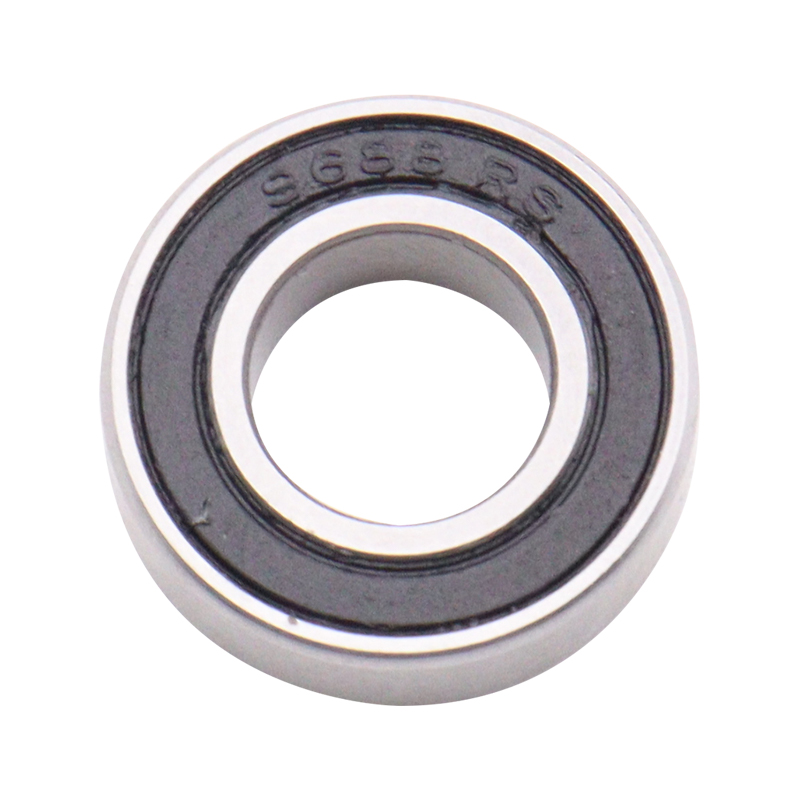
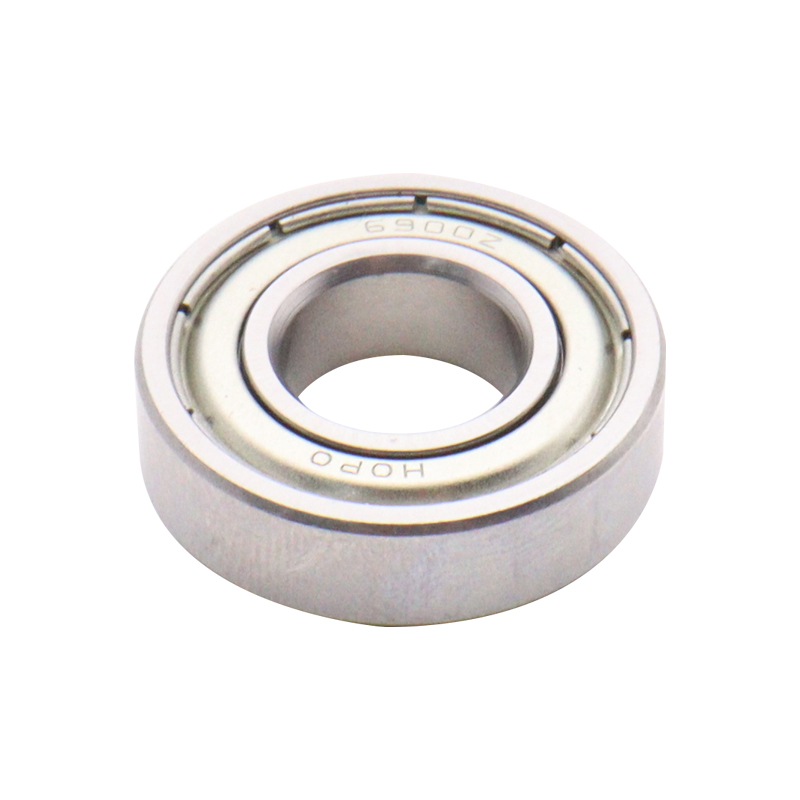
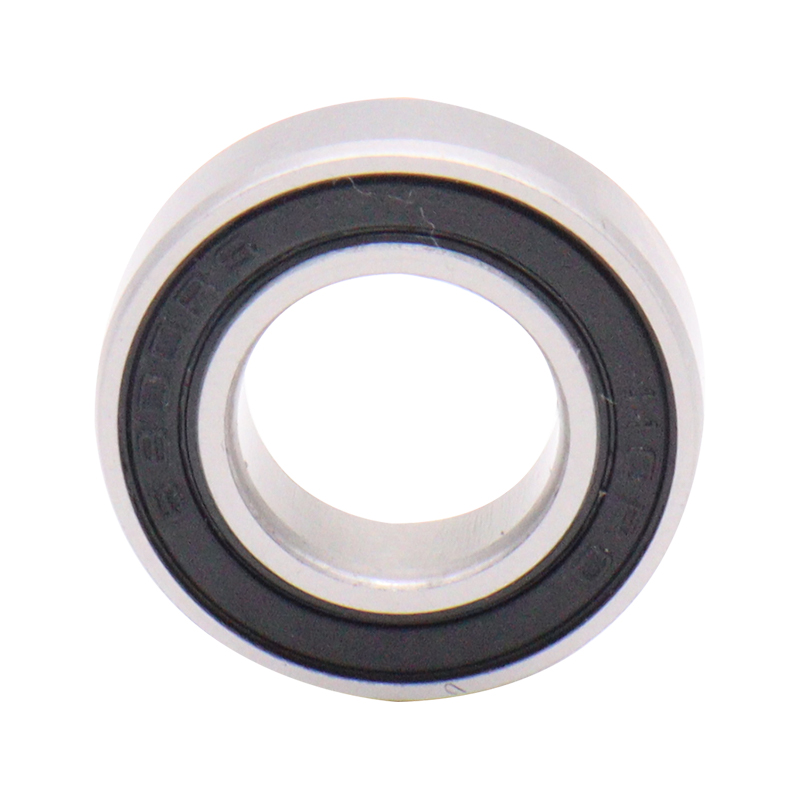
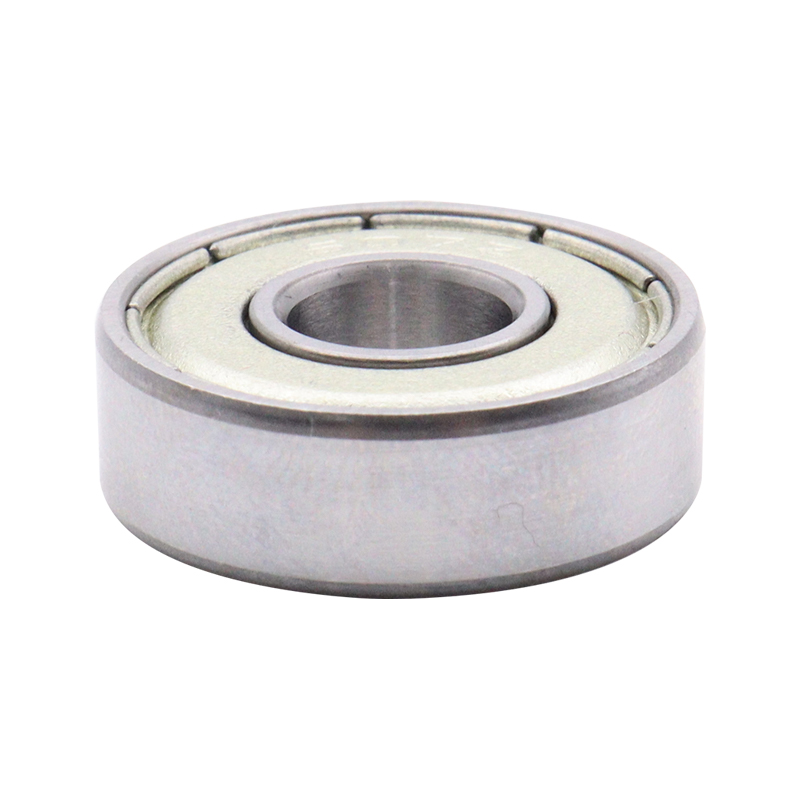
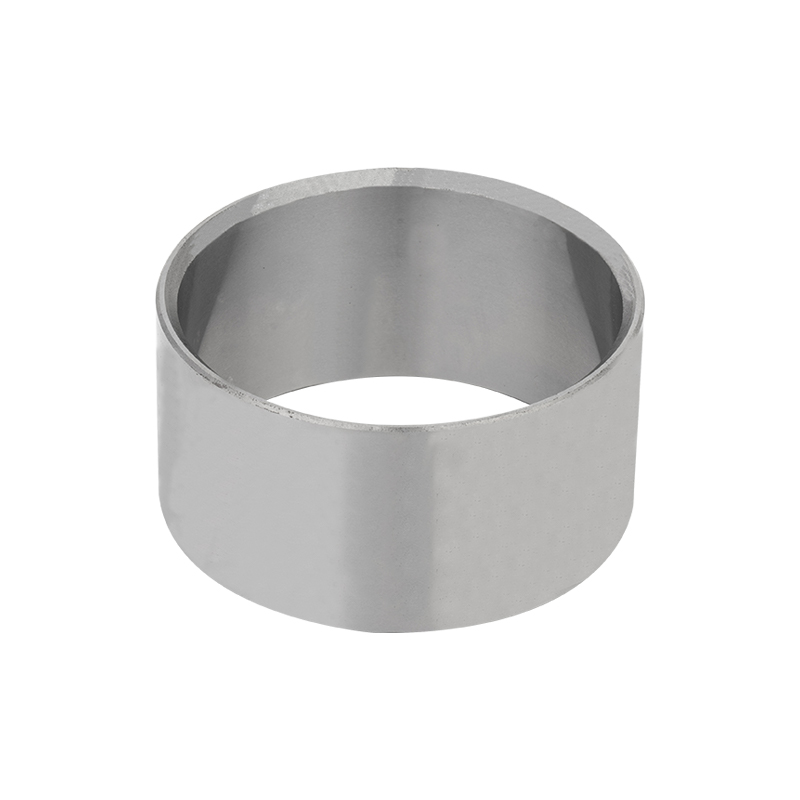


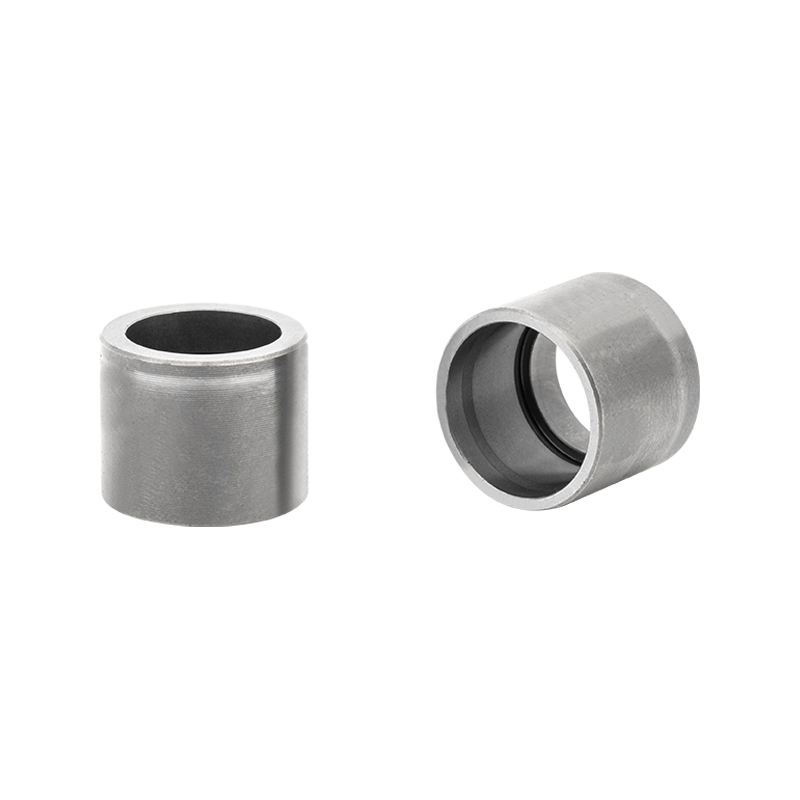


 Download Catalog
Download Catalog
